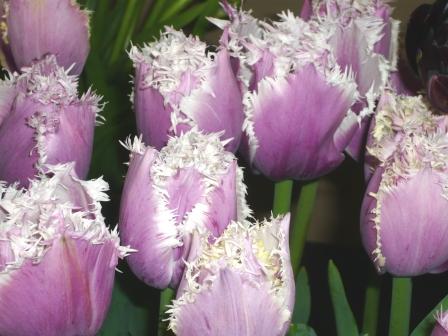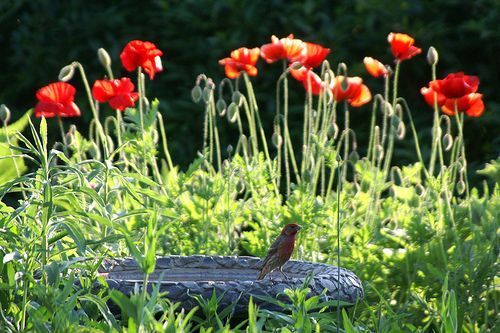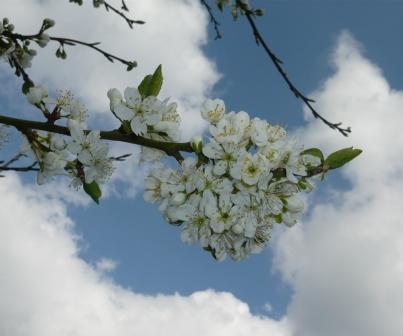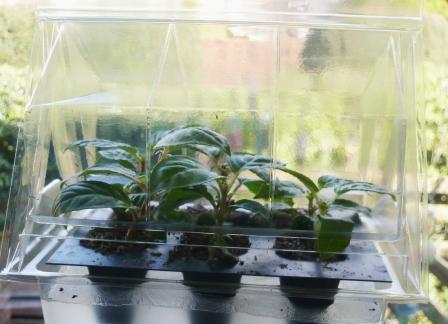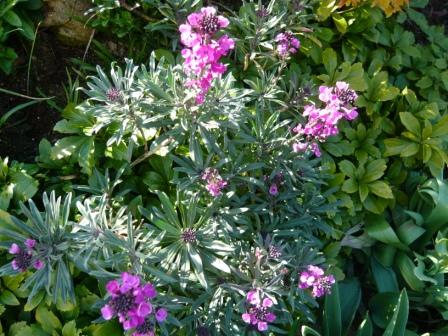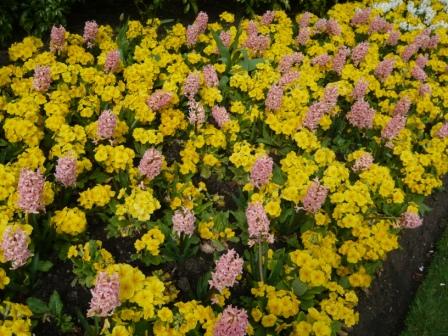Flowers in Salads
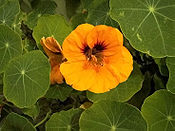
An interesting article at the Independent – Is Gardening the New Cooking?
Many top class restaurants are using a variety of flowers to spice up their menus. It has led the public to remember old fashioned methods of collecting flowers to add to salads or meals. A free and colourful way to add a little extra to your meals.
Whilst many flowers are edible, it is always important to remember a child could become very ill if they were not educated about the dangers of plants such as foxgloves and laburnums.
Which Flowers can go in Salads?
- borage,
- pansies,
- violas,
- honeysuckle,
- garlic chives,
- nasturtiums,(all parts are edible)
- beans and peas (including their black and white flowers)
- Rose Petals
- Herbs from Basil to Rocket



